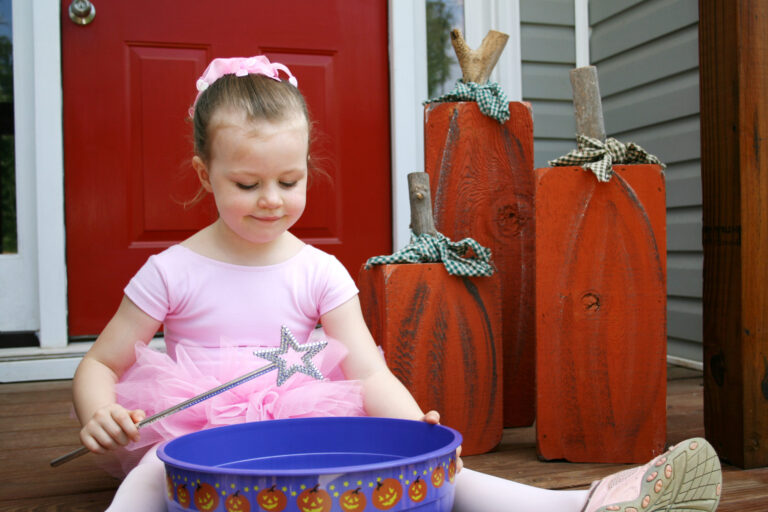
Chances are, there is at least one student you interact with daily who is dealing with trauma in their life. In 2019, the Centers for Disease Control and Prevention released a massive study on childhood trauma and elevated it to an official public health issue. They measured adverse childhood experiences (ACEs), which include things like physical and emotional abuse, neglect, poverty and absence of a caregiver, either physically or emotionally.
In another study specific to dance, researchers at California State University, Northridge, found that more than 20 percent of dancers in their sample had PTSD, more than 18 percent had four or more ACEs, and more than 28 percent reported that they had been the victim of “non-sexual or sexual assault” as adults.
As a dance teacher, you may be required to report abuse to local authorities, and you should be prepared with knowledge that will help you identify and assist with resources. But you can also help a child who has been traumatized simply by creating a safe space and establishing a consistent, healthy relationship with them.
What does trauma “look like”?
A traumatized student may present as anxious, distracted or confrontational, among other things, says Dr. Leigh Skvarla, a former dancer and mental health counselor who works with dancers and athletes. “If a teacher doesn’t understand, they can misinterpret that as shyness, lack of focus or disrespect,” she says.
Staycee Pearl, dance teacher and artistic director in Pittsburgh, says she encounters this most profoundly in her outreach work with public schools. She says it appears most often with young approval-seeking female students and in students who become confrontational. “There is the ringleader who will make fun of everyone, even me,” she says. “They will try you, because people come in and out of their lives all the time and no one is sticking.”
What are your responsibilities for reporting abuse?
Every state in the U.S. has what are known as “mandated reporter” laws. In some states every citizen is required by law to report suspected abuse of a minor. In others, only persons employed in fields such as education and health care are required to report. “Dance teachers have to assume that they are part of the mandated reporting system,” says Dr. Paula Thomson, who co-authored the research study at CSUN. “And to do so they have to create a safe enough environment, physically and emotionally, for kids to be able to disclose abuse.”
Trauma-informed teaching approaches have been widely disseminated in traditional academic settings, and there are free resources available at ASCD.org. “A lot of the trauma-informed strategies in schools translate to the dance studio well,” says Skvarla. Teachers are being encouraged to ask themselves what the cause of a child’s behavior might be, and to create predictability, something most dance-training environments thrive on.
Solution: Create a safe space with intentional teaching
The routine of dance can be very comforting to students who have had little stability in their lives. To reinforce this routine, it is recommended that you always explain why you are doing something new in class. “If you know students will expect to start at barre, but you are starting in the center, let them know why,” says Skvarla. If you can, give the students some advance notice to process that change before you jump in.
It is also essential to set parameters around the use of touch. Understand that if the dancer has a history of abuse, the touch you give to correct may trigger a feeling of abuse. It’s best to tell the dancers why you need to touch them for correction, and offer them a clear means of communicating with you if they become uncomfortable. Thomson, for instance, begins the semester asking dance students for permission to touch. She tells them it’s OK to say “I don’t know” as well as “yes” or “no.” “If they say ‘I don’t know,'” she says, “that means ‘no’ until they say that they are comfortable.”
Solution: Ask the right questions and equip yourself with resources
Skvarla points out that a student may appear distracted when having a trauma response. Rather than reprimanding a dancer who would have typically remembered the combination, consider speaking with them privately. You might say, ‘I am concerned; you didn’t seem like yourself today.’ But if you ask the question, you need to have a resource available. “You don’t need to solve it,” Skvarla says. “In fact, it is good for a student to be able to compartmentalize: ‘This is my teacher and not my therapist.'” Your resource may be a therapist you know or a crisis phone number.
Also, understand that it is best not to have an adult alone in a room with a student and a closed door. “Use a door stop to keep it slightly ajar,” says Skvarla. “It is clear the space is being used, but there is also always an exit point.”
• More information about mandated reporting at childwelfare.gov
• The national suicide prevention lifeline: 800-273-8255
• The national sexual assault hotline: 800-656-4673




